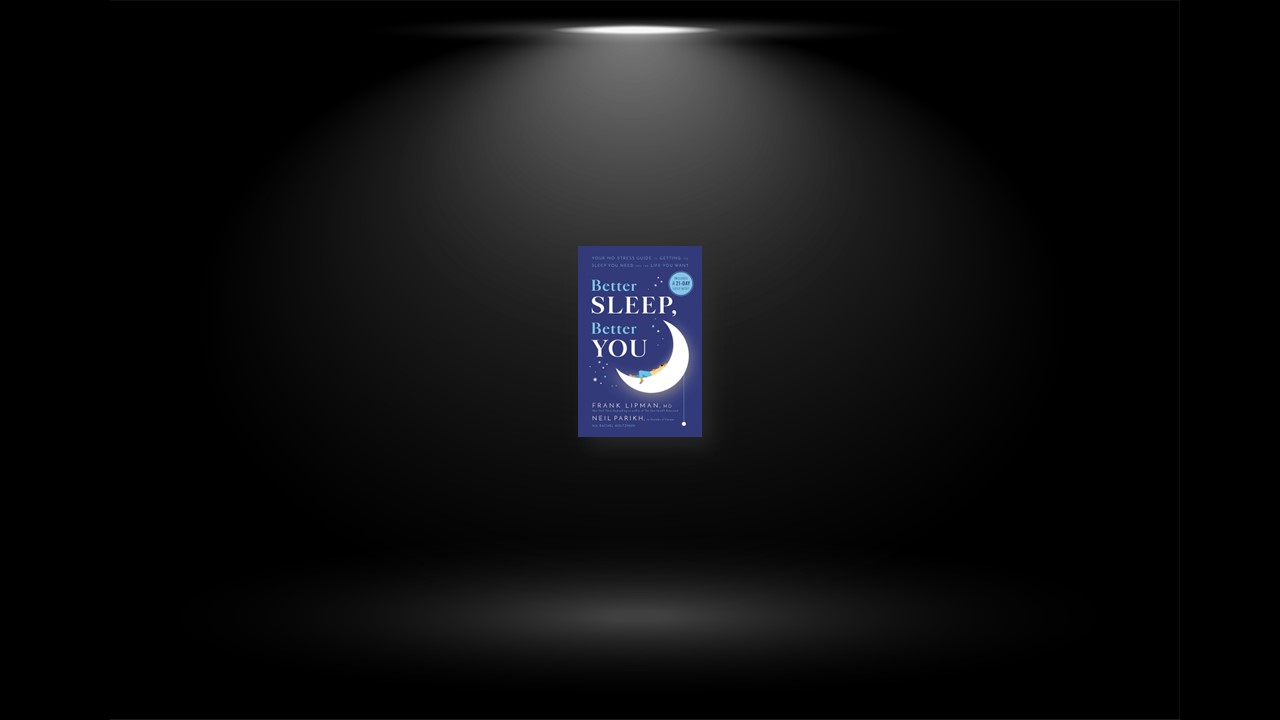Embrace Your Chronotype
Even though we all have an innate 24-hour rhythm, not all of our rhythms are the same. The clearest example of this is the fact that some of us identify as early risers who feel their best when getting up with the sun, while others peak in the deeper hours of the evening. Whether you’re in the first group, the second group, or somewhere in between depends on your “chronotype,” or your genetically programmed preferences for sleeping and waking during a 24-hour period. Choosing a sleep-wake schedule that takes your chronotype into account will help you arrive at a rhythm that supports when you’re naturally inclined to sleep, wake up, and perform.
You’re a Lark If … (about 20 percent of people)
- You’re up at the crack of dawn, raring to go.
- You get up before 6 a.m. (without an alarm clock) and tend to get drowsy early in the evening, around 9 p.m.
- You aren’t overly reliant on caffeine in the morning.
- You are most alert and feel most productive at work a few hours before lunch.
- You lose your mental sharpness in the afternoon.
You’re an Owl If … (about 20 percent of people)
- You enjoy staying up way past midnight.
- You wake up naturally closer to 10 a.m. and don’t want to go to bed before 3 a.m.
- You need an alarm clock to get you up earlier in the morning and need lots of caffeine to stay alert during the day.
- Your day really only starts to get going in the afternoon—you are alert later in the day and do your most productive work later in the evening.
You Could Also Be a Hummingbird (about 60 percent of people)
While Larks and Owls have set preferences, Hummingbirds fall somewhere in the middle with no strong predilections for what time of day they engage in various activities. Some Hummingbirds are more Lark-ish, and others more Owl-ish.
Sync with the Sun
Deeply ingrained in your cells is programming meant to align with the sun. The light-sensor cells in your eyes that report their findings to your brain don’t know how to distinguish whether light is natural or man-made. As a result, your body gets confused.
At night: Your body responds to bright light exposure the same way it responds to daylight—suppressing melatonin and doing away with sleep.
During the day: Your body doesn’t know what to do with the not-as-strong-as-the-sun indoor light, leading to less wake-promoting neurotransmitters, and also less serotonin, which not only makes you feel good but is also a precursor to the melatonin your body relies on at night.
A recent study illustrates what happens when we introduce artificial light into our daily rhythm: Participants living in a natural environment with more sunlight during the day and essentially no light at night developed a melatonin cycle that began gradually at dusk, peaked around midnight, and ebbed at dawn. But back in the real world, their biological clocks shifted back by two hours, with melatonin only beginning to increase after dark and subside after they woke up in the morning, which is enough to upset even a night owl’s rhythm.
In order to correct this, consider going Paleo and take a cue from what our cavemen and cavewomen ancestors would have done. They’d sync with the sun, getting natural light throughout the day and natural darkness in the evening.
We recognize that it’s not realistic for you to avoid artificial light completely. But being mindful of your exposure both during the day and at night—along with getting plenty of natural sunlight and darkness—will help re-entrain your rhythm to where nature meant it to be.
Stop Stressing about Stress
You can’t control external stressors. But you can control how you respond to them so that you can finally get off the adrenaline-cortisol roller coaster. The process begins with giving your body the support it needs to more seamlessly go with the flow. There’s no one cure-all solution.
it takes a layered, long-term approach to healing how your body has been handling stress for what has been most likely a long time. The good news is that by assembling your sleep-better protocol, you’ll be doing this on a daily basis. Here’s what to focus on:
- Practice relaxation techniques. Meditation and deep breathing in particular can help you quiet hyperarousal not only before sleep but throughout the day, making it easier for you to find that calm, quiet baseline at bedtime.
- Move every day. Consistent movement—including functional activities like gardening, walking the dog, and playing with your kids—not only helps to reduce stress but also provides its own sleep-supporting benefits
- Find inner (digestive) peace. Your diet and digestive health (especially your gut) play a large role in your state of mind and your ability to process stress. And things like sugar, processed food, and alcohol can fuel the hyperarousal fire by increasing inflammation and upsetting hormonal balance.
- Find your rhythm. One of the most effective things you can do to improve your stress management and your sleep is to finally get yourself back in rhythm—which is the name of the entire game, as far as we’re concerned. Every step you take toward syncing yourself with nature’s 24-hour sleep-wake cycle is one step closer to a lifetime of better nights and fewer stressed-out days.
Take a Warm Bath
It’s a scientifically proven method for encouraging the physiological processes that usher in sleep and increasing the amount of deep sleep you can get in a night. It also doesn’t hurt that it’s a pleasurable, relaxing activity that most people can find 20 to 30 minutes to do before bed.
Your temperature naturally dips at night, beginning about two hours before sleep. So when you mimic that decrease, you’re prompting your brain to release melatonin and helping to reinforce your body’s natural rhythm. A warm bath does just that (so does, to a lesser extent, a hot shower) by raising your core temperature a degree or two, then prompting a quick drop when you get out. That’s because your dilated blood vessels send their extra heat radiating out into the air, leading to a steep decrease in your internal thermostat. And in turn, you may fall asleep more quickly and spend more time in deep sleep.
Get More Vitamin O
Sleep isn’t the only thing the bed is for—sex and self-pleasure also warrant a spot under the covers. That’s not just because it makes sense from a logistical perspective; there’s ample research indicating that orgasm is beneficial for sleep on a number of levels. This is mainly a result of your brain, nervous system, adrenals, and pituitary glands releasing the following doozy of a feel-good hormone cocktail after the big O: Oxytocin, aka the “love hormone,” is released when we do intimate physical things with each other—hugging, touching, having sex. Its levels are increased through orgasm, which has a calming effect, decreasing cortisol and paving the way for melatonin to do its thing and produce deep sleep.
To Nap or Not to Nap?
As anyone who has curled up on the sofa on a rainy afternoon can tell you, napping relieves sleep pressure. However, by prematurely doing so in the middle of the day instead of at night, you can potentially interfere with your natural sleep-wake cycle. If you’re someone who tends to struggle with falling asleep at night, napping may not be for you. But for others, a nap can be a powerful sleep supplement. Research has shown that a well-timed, well-executed nap can boost alertness, mood, and productivity.
- Choose the right time: Your body temperature naturally dips between 2 p.m. and 4 p.m., causing a small uptick in melatonin and a subtle downshift in your energy. (Yes, the post-lunch slump is real.) Aim to nap during this window or slightly earlier; anything later will most likely mess with bedtime.
- Keep it short.* The most potent naps are brief—even 10 to 20 minutes can boost your alertness and mental function without leaving you feeling drowsy. Cap your naps at 30 minutes. Naps longer than 30 minutes are called for in situations where nighttime sleep is being regularly disturbed, such as for parents of a newborn. In these cases, giving your body the rest it needs at any time in the day and for any length of time is more beneficial than not.
- There’s evidence that consistent nappers reap more benefits than dabblers, so consider making regular napping a habit.


